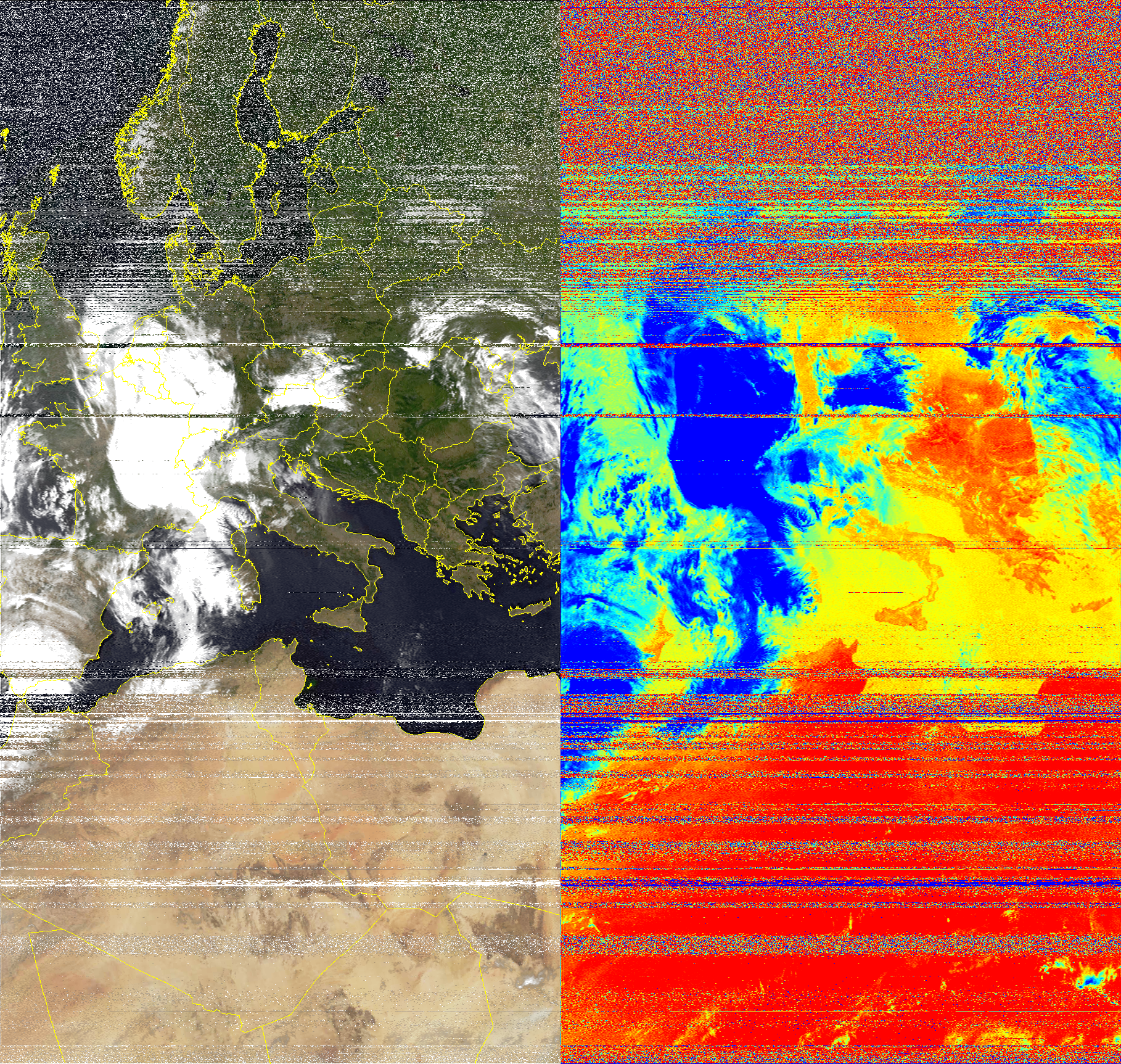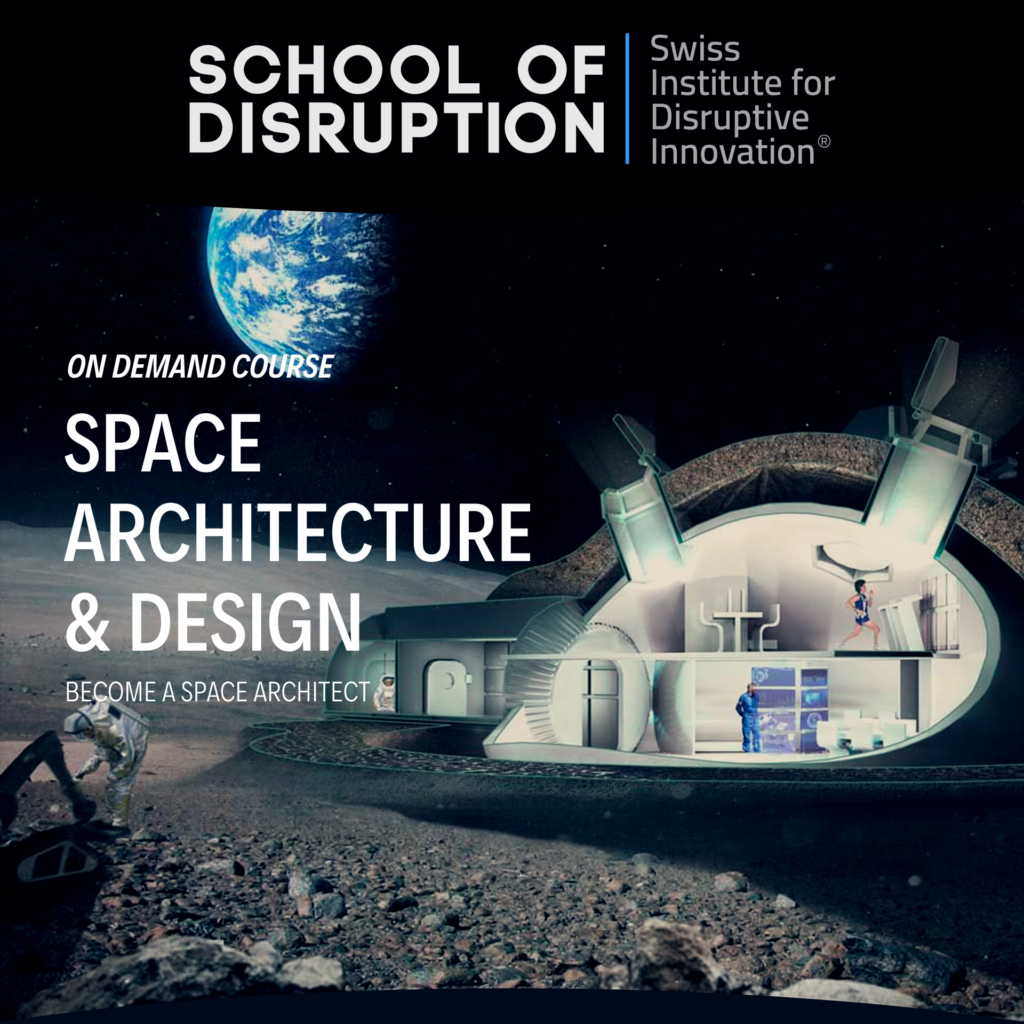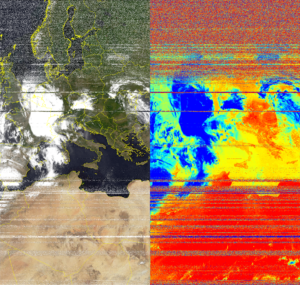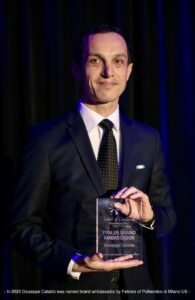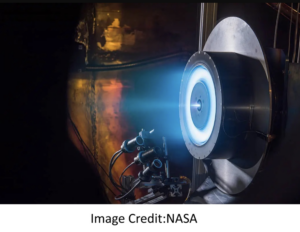It’s been a long week. You’ve been working hard, trying to come up with the next big thing in aerospace, but energy is running low. Whether that means a sunny day by the beach, or a cozy rainy day spent indoors, who knows! It’s not like we can predict what the weather will be like tomorrow. Oh wait. We can. Just check your phone’s conveniently available weather app, you’ll be ready to plan your perfect relaxation day.
But how do we know this? How can we predict the weather? Well, a lot of it comes down to meteorology, but we won’t be dealing with that today. Instead, we’ll be looking at one of the technologies that allows us to better do this, and more! We’re talkin’ space lasers used for extraplanetary walkie talkies! Ok, maybe that’s not quite right. But we do have technologies that allow us to communicate with satellites far into the skies. A key part of these are ground stations, which allow us to send and receive signals from satellites, rockets, aircraft or even other ground stations! Put simply, these are well-tuned antenna designed to send and receive information in certain ways (more on that later) and feed the information into a computer that can interpret it for us.
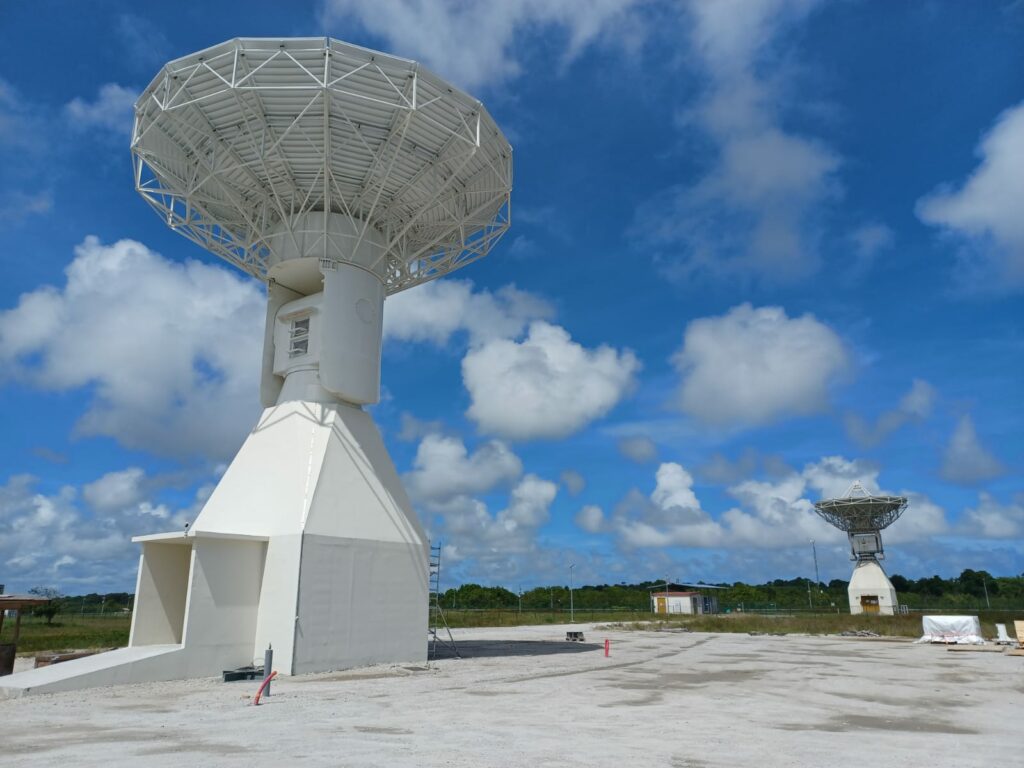
When you think of a device that must be specially designed to perform these tasks with utmost precision, without which entire technologies would not be available, it sounds a bit daunting. Surely it can’t be easy to design, manufacture and implement one of these, right? Well, whilst it is indeed not trivial, it is also not something that’s out of our reach! Here at PoliSpace, members of the SpaceTech group have been working on what has been labeled The Ground Station Project.
So, let’s take a quick look at the project and the people behind it, shall we?
The Project
As it stands now, the project aims to, as its name suggests, implement and run a ground station right from PoliMi. Ground stations are key to an incredible number of technologies, so even without considering their use in research an exercise is understanding and designing them is incredibly valuable. In our case, the station aims to eventually serve as support for Cubesat missions, both receiving and sending valuable scientific data and managing the missions directly through telemetry and telecommands. As an initial step, the project sought to implement a simpler antenna which can receive loss resolution images from meteorological satellites.
This is where the team is currently at! Using a small V Dipole antenna, coupled with a software defined radio, we are able to receive NOAA Automatic Transmission Pictures (APT) images. These are transmitted continuously by NOAA satellites in the 137.5 MHz frequency in two channels: one for the image in the visible spectrum and the other in infrared. This signal is then saved as an audio file and decoded using an open-source software called SatDump. But what does this all mean?
The overall architecture of a ground station such as this one is relatively simple. An antenna is used to receive signals, an amplifier increases their strength, a radio demodulates them, and a computer finally decodes them into a usable state.
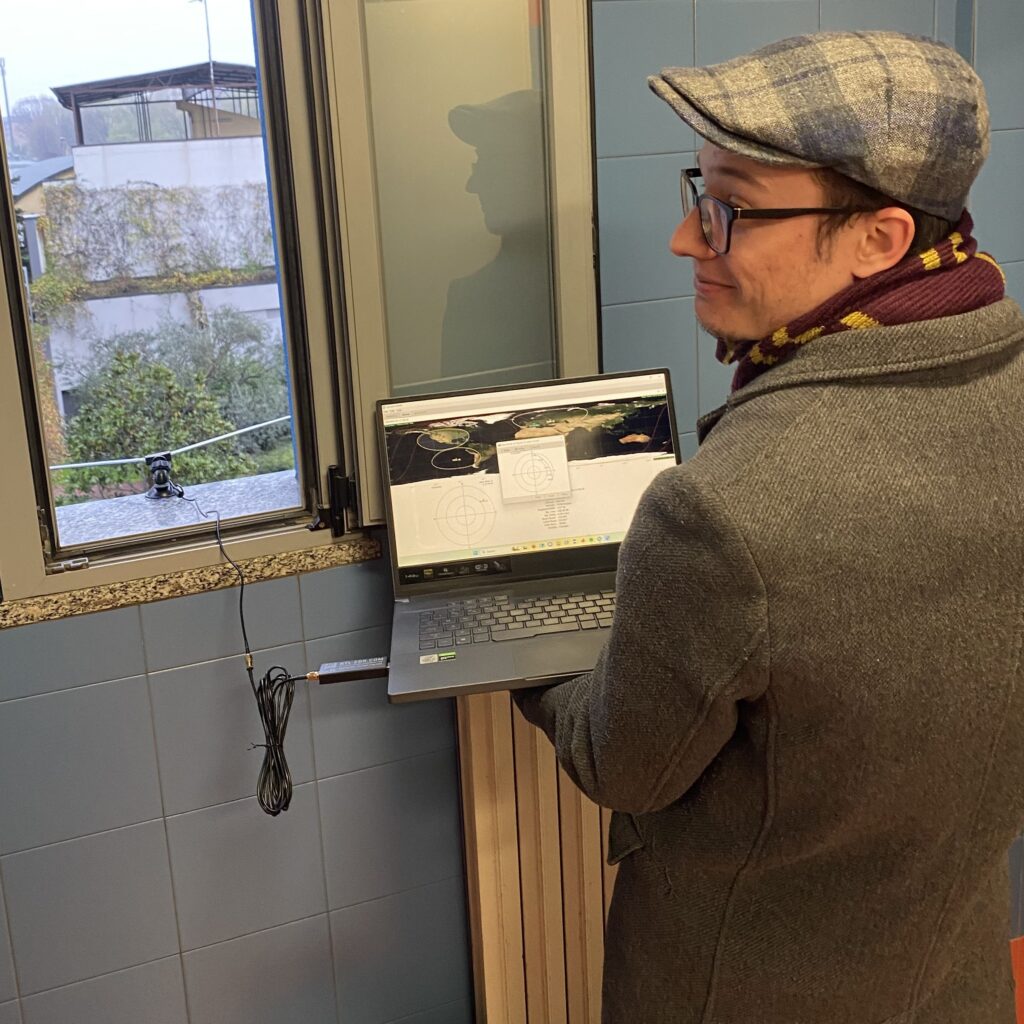
A V Dipole antenna is, as its name implies, a simple dipole antenna where the two legs form a V shape parallel to the ground. By having each leg be slightly less (to compensate for material properties) than one quarter of the desired reception frequency and a 120 degree angle between legs, instead of 180 as in a normal dipole antenna, the nulls (zones where the inbound signal can’t be received as it is close to coaxial to the dipole leg themselves). The rest of the functionality is that of a conventional antenna, where the incoming radio waves make the electrons inside the antenna vibrate, therefore generating small oscillating currents that are our signal to be processed.
An amplifier too, fulfils the function implied by its name, amplifying the weak oscillating signal received by the antenna to allow processing of the information. In general, amplifiers are relatively simple electrical circuits, but they must be carefully designed as they not only amplify the desired signal, but also any noise and errors that may be present in the input.
The radio then demodulates according to a chosen modulation technique. Particularly, the team uses an SDR (software defined radio), where the analog signals are converted to digital, and then processed through software rather than set circuits. This allows the team to select a specific program for each modulation technique that might be required. As different use cases call for different modulation techniques, having this versatility in the early stages of the project is immensely useful.
The computer then decodes the remaining signal based on how the signal itself was once encoded. It turns out if we don’t neatly pack our information, we may not be able to share all of it, so satellites use specific clever encoding techniques to maximize their bandwidth usage. In the case of the Ground Station Project, the software SatDump is used, as it provides support for image and data decoding from satellites such as NOAA 15-18-19, currently the main use of the station.
As of now, the ground station is up and running, albeit to a limited extent. Nevertheless, the results are wonderful! In its short operating life the antenna has already received several messages from diverse meteorological satellites, and the team has successfully processed them from highly packaged radio waves to images used for weather predictions and analysis.
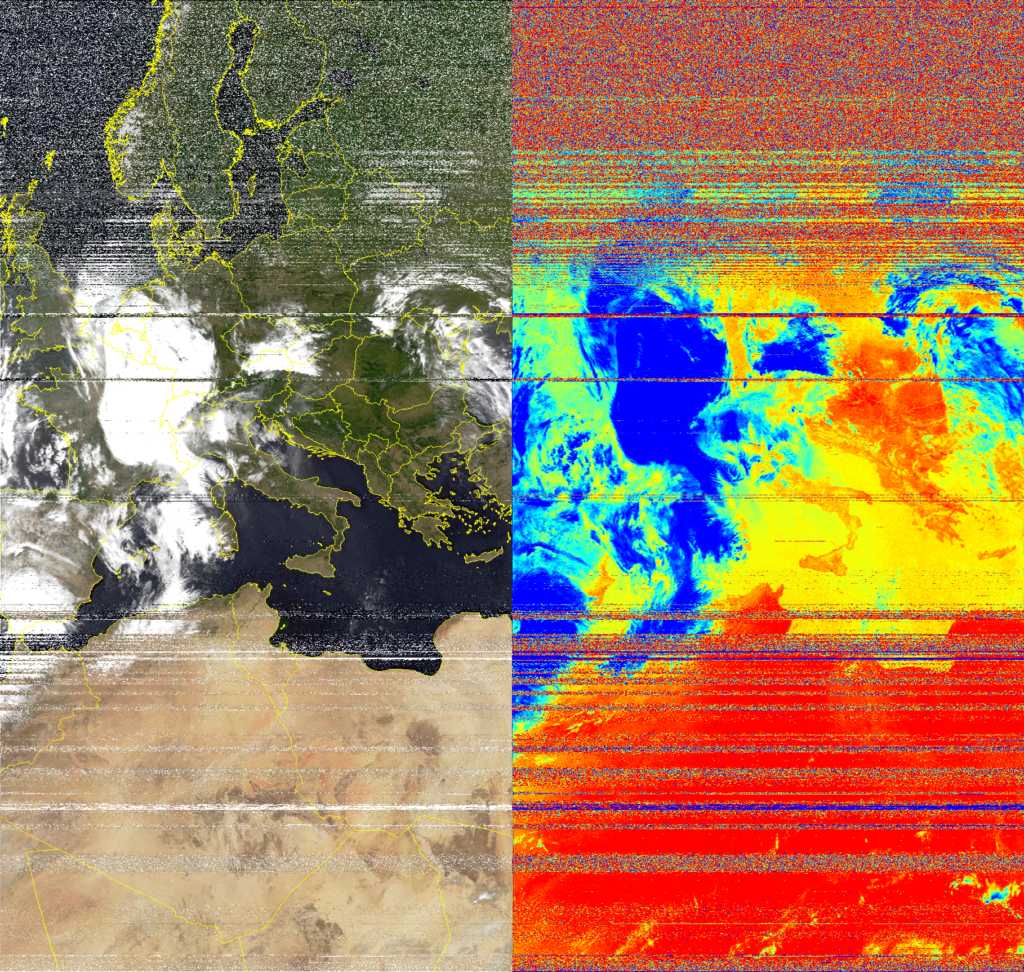
To get closer to the original code of supporting satellite operations, the Ground Station team is currently building a new VHF QFH antenna, to be placed right here in PoliMi. Particularly, B1 building’s roof will become the new center of operations, and through a Raspberry Pi the team plans to be able to remotely access the setup. Eventually, the receiving and processing of images could even be automated. Additionally, the low gain from the dipole antenna is only able to receive low resolution images from meteorological satellites, so an antenna upgrade is in the works.
The Team
So, that’s the game plan. But who is behind it all? Meet Martín, Matteo and Sofia.
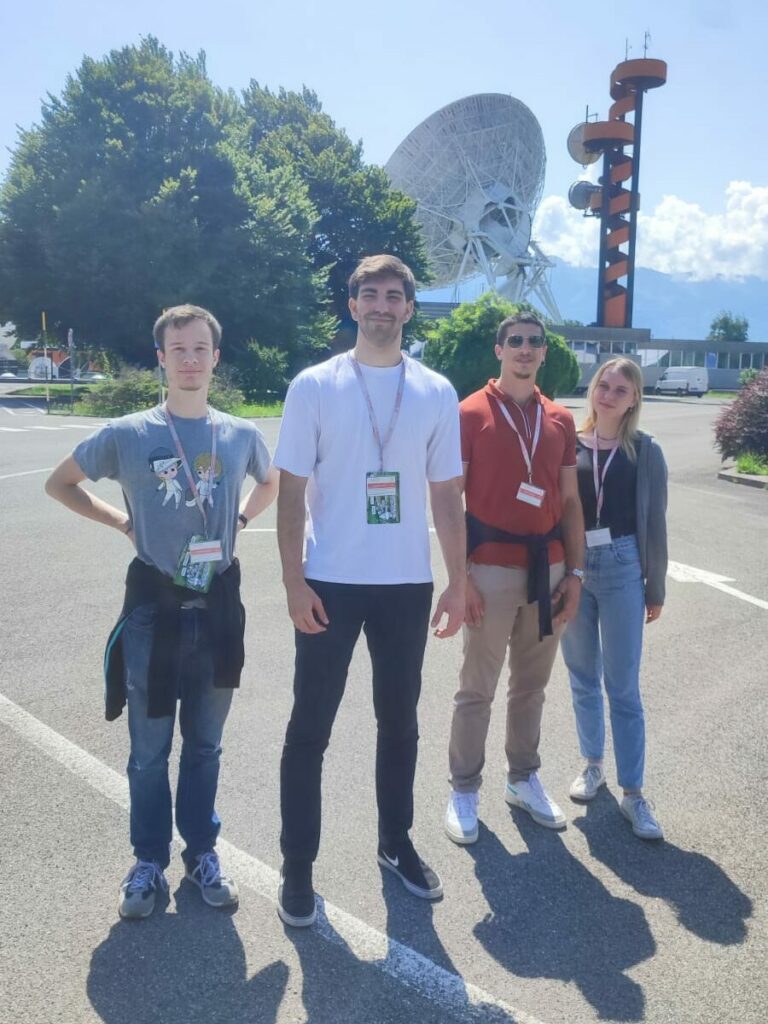
Martín Degener
The current project manager of the Ground Station Project, and the one behind the idea in the first place. He’s an Uruguayan-italian student in the 2nd year of the Space Engineering Master’s. After a bachelor’s degree at Purdue University in aerospace engineering, he came to Polimi for a master’s degree in 2022. Having had a passion for space since he was little, he decided to leave Uruguay and pursue his dream at the age of 16, after reading Andy Weir’s “The Martian”.
“I finished the book and thought ‘Wow, this is the future of humanity, I wanna be a part of this’.” – Martín
He came up with the idea after doing ESA Academy’s Ladybird Guide to Spacecraft Operations training course in 2022. Realizing that operations was an incredibly interesting field and that even a group of students could build the necessary infrastructure, he proposed the project to PoliSpace SpaceTech. Together with former member (now in Germany) Gabriele Palumbo, the project began a bit over a year ago, with the goal of providing support for the CubeSat project whilst providing opportunities for fellow students to learn and experiment with spacecraft operations and signal processing. Whilst the project had a slower than expected start, Martín pushed through and is now seeing the fruits of his labor.
“The project changed a bit from its initial idea and it moved slow initially (…) I want to thank Professor Lorenzo Luini, Professor Michelè Lavagna and Andrea Milanese, DAER Department Manager, for their support.” – Martín
Matteo Rettore
With a lifelong passion for space “coming from the awe of the starry sky above our heads”, he’s committed to learning and contributing to our understanding of space. This brought him to PoliMi, where he is pursuing his undergraduate degree in aerospace engineering. Driven by his captivation of the mysteries of the universe and the incredible opportunities available at the university, he joined PoliSpace as a SpaceTech member, focusing on the Ground Station project from the get-go.
Sofia Montacchini
As a second-year student of the bachelor’s degree in aerospace engineering at PoliMi, she joined PoliSpace to be a part of the Ground Station project. Passionate about engineering in general, her ultimate dream is to pursue a career in the space industry and be a part of the eventual colonization of Mars. Having seen the first SpaceX Falcon Heavy launch, which, despite all the failures, was overall a success, she knew this was the path she wanted to take in life.
The Future
In the longer term, the team aims to acquire a UHF Yagi antenna, as well as a rotator, to effectively communicate with CubeSats. The antenna has a higher hain, allowing for the detection of weaker signals. Particularly, the antenna is also designed to operate in frequencies commonly used by cubesats (namely, UHF). The rotator, on the other hand, allows precise tracking of a satellite as it moves over the sky. Due to the low power cubesats transmit at, an omnidirectional antenna does not serve to receive these signals, so a focused antenna with tracking capabilities is required. With this, the ground station could effectively track a chosen satellite and receive desired data. Paired with the Raspberry Pi, the whole setup would allow users to remotely connect to the B1 Ground Station, allowing communication with the desired satellite without needing to physically be on the roof.
As of now, one of the main challenges is in fact simply that of securing funding for the rotator. As with all engineering projects, in practice, the project goes beyond simply designing solutions and requires multidisciplinary approaches to be carried out successfully. Thankfully, thriving in challenging environments and applying new knowledge is something we at PoliSpace take pride in. After all, even the project’s origins involved the team stepping out of their comfort zones.
“None of us have a background in telecommunications or signal processing, so we had to study a few things and we’re still learning as we go.” – Martín
Despite the challenges being faced and those still ahead, the project is moving fast and results are as promising as ever. The team will continue will continue to work on the antenna pushed by their desire to go beyond. In doing so, the Ground Station team and PoliSpace hope to provide a great contribution to student infrastructure at PoliMi, granting opportunities to apply what is learnt in the classroom.

